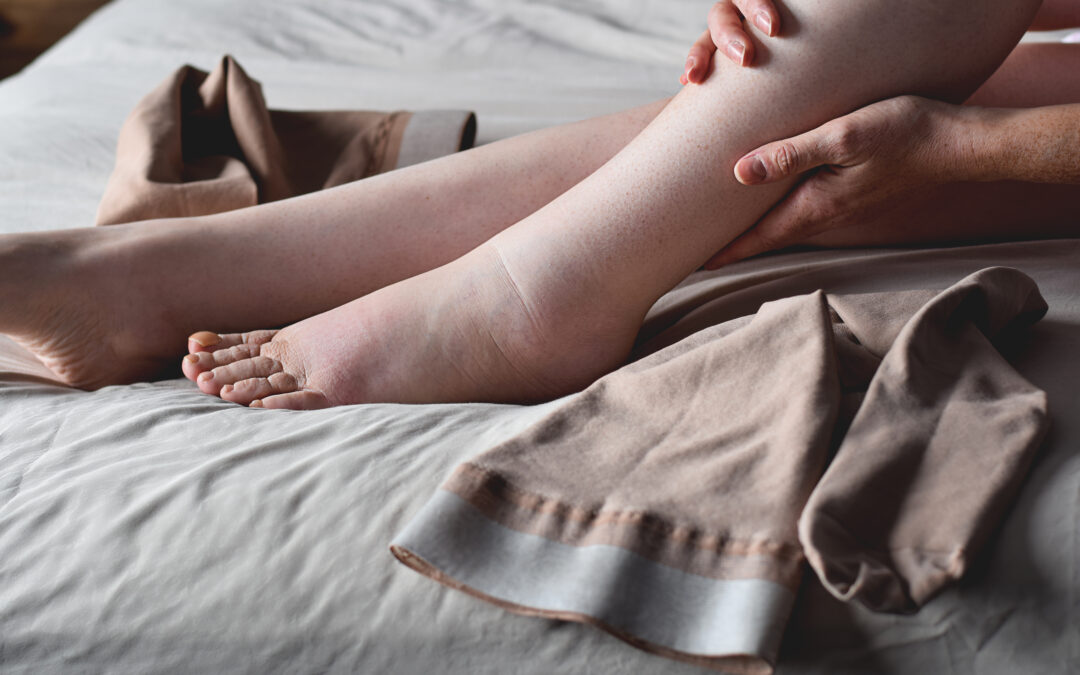Lipedema and lymphedema are similar medical disorders that often get confused with one another. While both are treated the same and have many similar side effects, they are two distinct conditions.
What is Lipedema?
Lipedema is often confused with obesity because it involves formations of fat deposits. It is most commonly found in the hips, legs, and upper arms. It is almost exclusively found in women whose hips and legs are out of proportion to the rest of their body.
There are up to 17 million people in the United States who are believed to have lipedema, but with the misdiagnosis of obesity and lymphedema, that number is thought to be too low. There is currently no cure for lipedema, so it is essential to manage your symptoms. Making sure you are on a diet plan that reduces inflammation is one of the best ways to help with your lipedema.
What is Lymphedema?
Lymphedema is caused by issues with your lymphatic system. It starts when the flow of fluid through the lymphatic system is blocked, causing the fluid to build up in one area, and that area will then swell up.
There are two kinds of lymphedema– primary and secondary. Primary lymphedema is caused by issues with your lymphatic system that didn’t develop correctly in the womb. It is a disease you are born with and can be caused by Milroy’s Disease, Meige’s Disease, and late-onset lymphedema.
Secondary lymphedema is caused by damages to the lymphatic system that happen later in life. It can be caused by many different things, including cancer, surgeries, lymph node removal, radiation treatment, lipedema, and more. It is much more common than primary lymphedema.
Around 10 million people in the United States are believed to have lymphedema, but like lipedema, it is often overlooked and misdiagnosed. One of the most common causes of lymphedema is cancer. In the United States, about half of all breast cancer patients and almost all head and neck cancer patients will eventually develop lymphedema.
What is the Difference?
When evaluating lipedema and lymphedema, there are a few key things to keep an eye on in order to differentiate between the two. Depending on where the lipedema is present, it will usually equally affect both arms or both legs. Lymphedema is generally just present in one leg or one arm.
Lipedema occurs spontaneously, while lymphedema is usually caused after cancer or at birth. However, it can still occur spontaneously, so don’t automatically assume you have lipedema.
Lipedema almost never involves the feet and hands, but lymphedema almost always does. Lymphedema also commonly has skin infections and wounds, which are rare in lipedema.
One of the most significant differences between the two is the pain the patient feels. Lipedema usually has painful, hardened, inflamed fat nodes under the skin. It is often referred to as “painful fat syndrome” because of this. A patient with lymphedema will still have pain, but it is a very different feeling. Their pain is usually a more widespread feeling of tightness or heaviness.
Treatment
There is no cure for lipedema or lymphedema, but you manage both conditions in a similar way. The best treatments are compression garments, diet, exercise, and lifestyle changes. Obesity can worsen both conditions, so exercise and anti-inflammatory foods are essential to help maintain the state of the condition. Compression garments can help reduce swelling and encourage lymphatic flow. For lifestyle changes, you may have to stop wearing tight clothing or jewelry that can stop the lymphatic flow.
Compression Care
If you or a loved one is struggling with lymphedema or lipedema, Compression Care is here to provide support. Call us at (615) 583-2273 and let us know how we can help!

